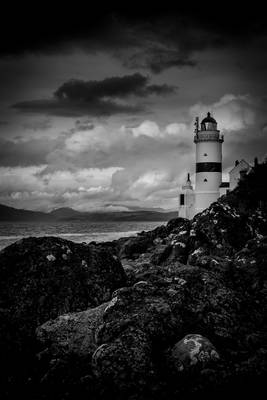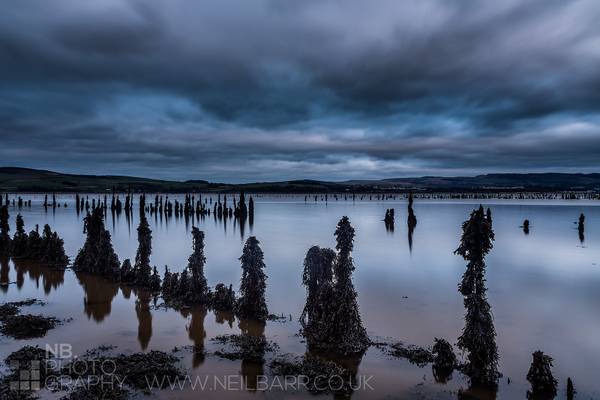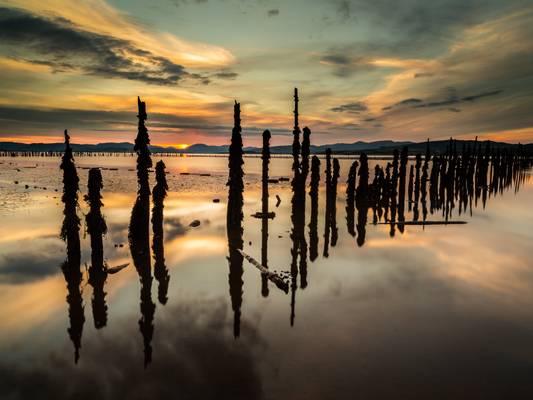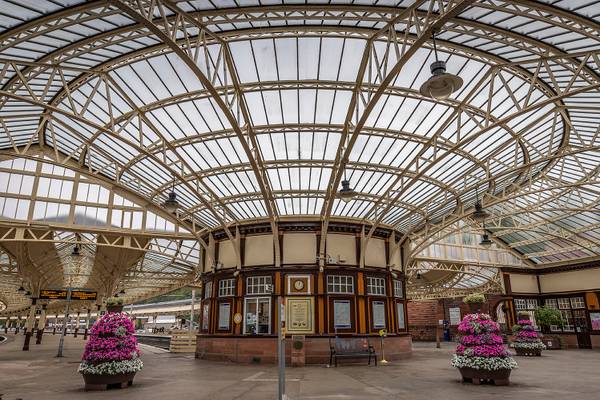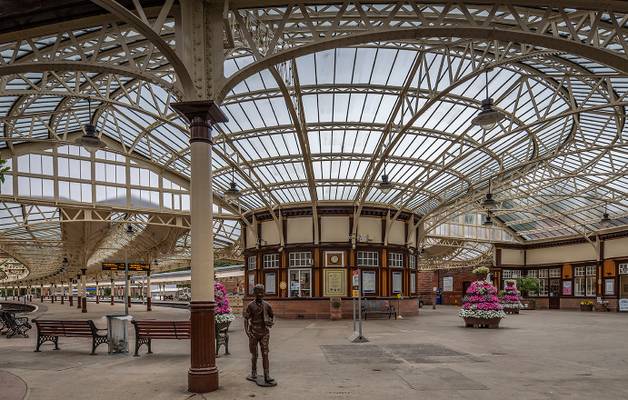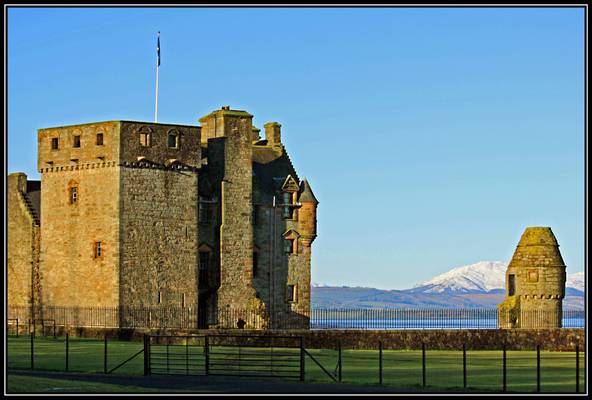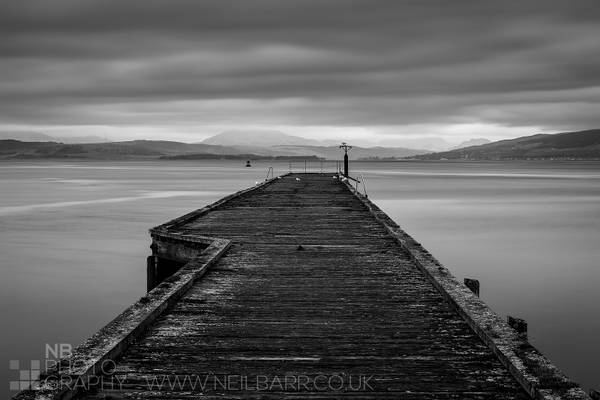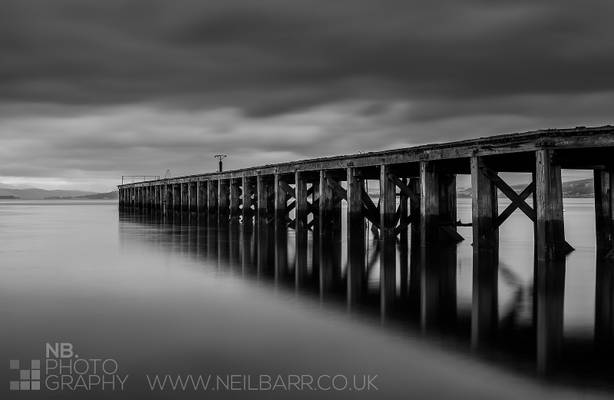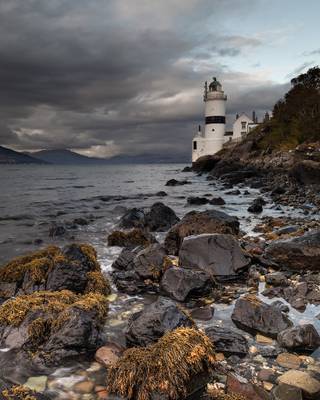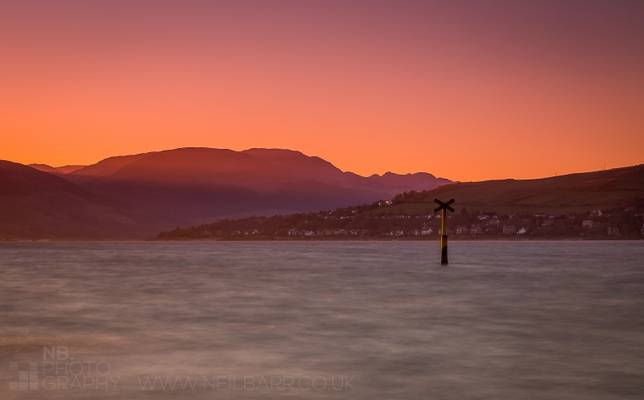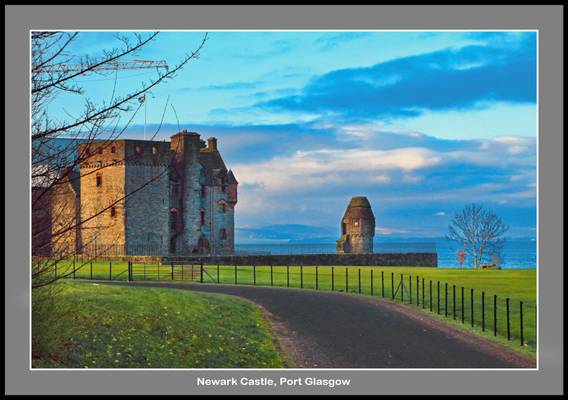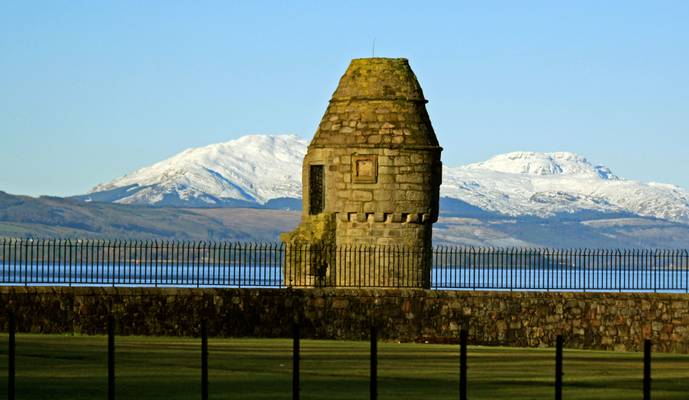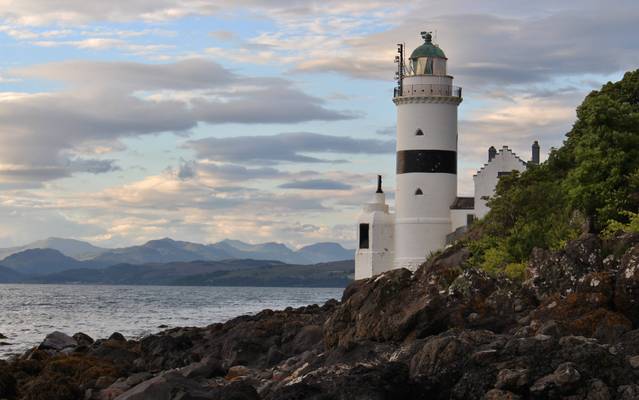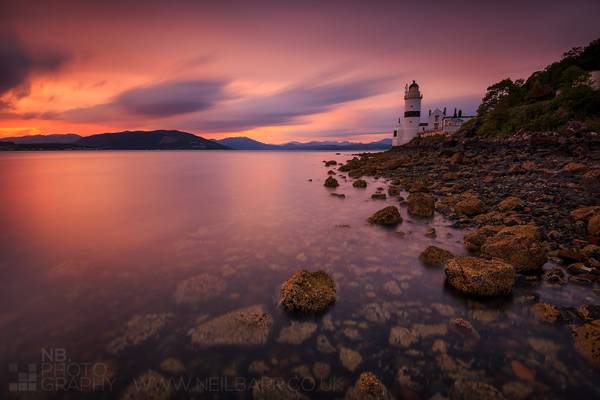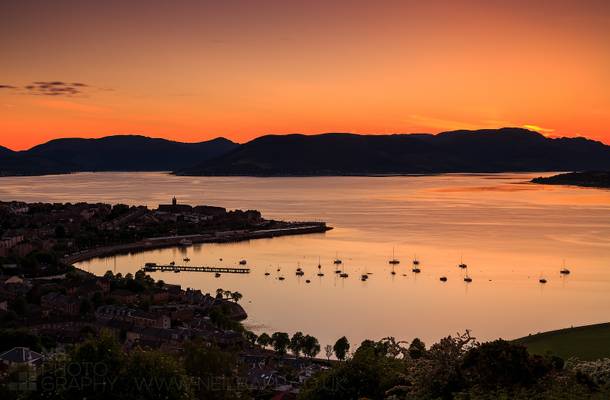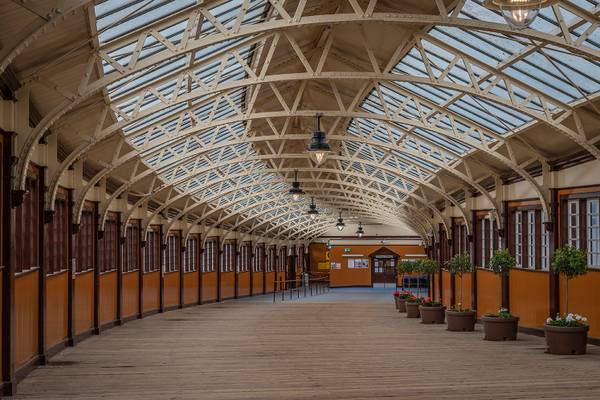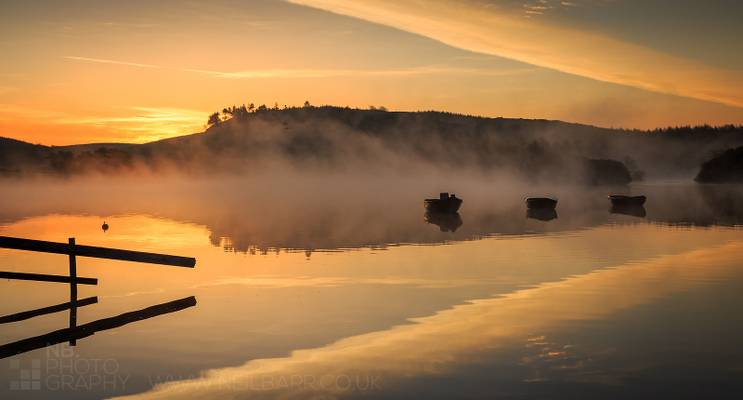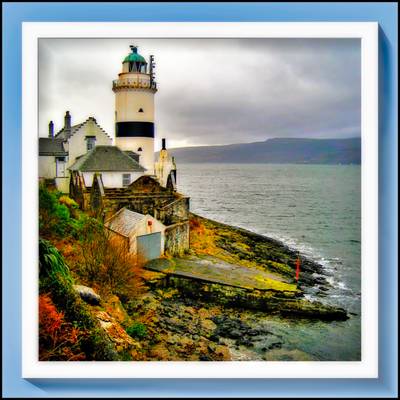
Inverclyde

by The Jacobite
The Cloch Lighthose sits on the edge of the A770, just north of the village of Inverkip and 3 miles south-west of Gourock, on the east shore of the Firth of Clyde, It’s directly opposite the coastal town of Dunoon where the notorious rocks called the Gantocks sit just off-shore.
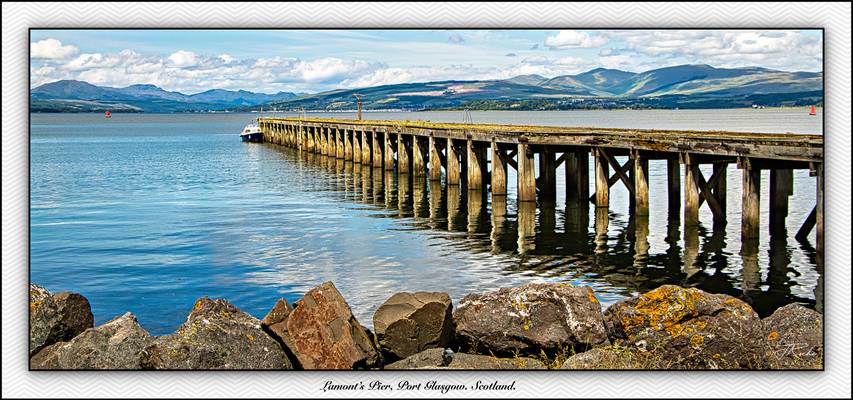
by The Jacobite
This wooden pier is all that is left of Lamont Shipbuilders of Port Glasgow, Scotland. James Lamont & Co Shipbuilders and Repairers in Greenock was founded in 1870 and operated from Dock Breast Greenock. The company bought the Castle Works near to Newark Castle Port Glasgow and started building ships there from around 1946 but closed in 1980. At one time there were parallel piers but only this one survives today. A campaign was launched a few years ago to preserve the pier as it starts the Clyde Coastal Walkway from Newark Castle C/park.
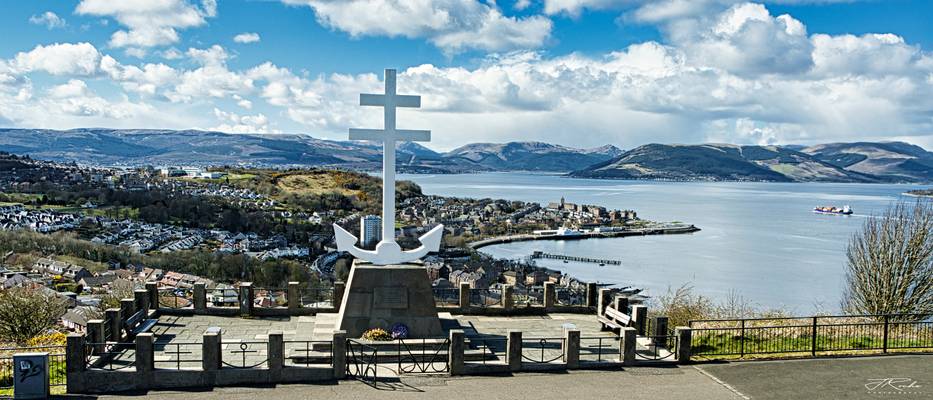
by The Jacobite
High above Cardwell Bay and the coastal town of Gourock Scotland, on top of "Lyle Hill" stands the “Cross of Lorraine” a memorial to the Free French forces who fought in the Second World War. It has a unrivalled view across the “Firth of Clyde” to the “Holy Loch” and the entrance to “Loch Long” with the Argyll Mountains dominating the background.
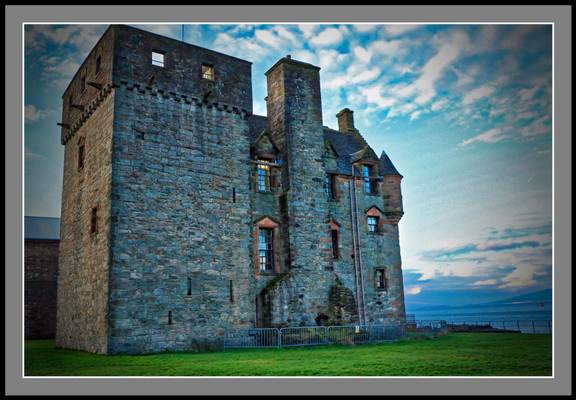
by The Jacobite
The castle was built in 1478 by George Maxwell when he inherited the Barony of Finlanstone. In the late 16th century the castle was inherited by Sir Patrick Maxwell, a powerful friend of king James VI of Scotland and who was notorious for murdering two members of a rival family and beating his wife who left him after having 16 children. Newark Castle came into state care in 1909 and is now a property of Historic Scotland with excellent visitor facilities.
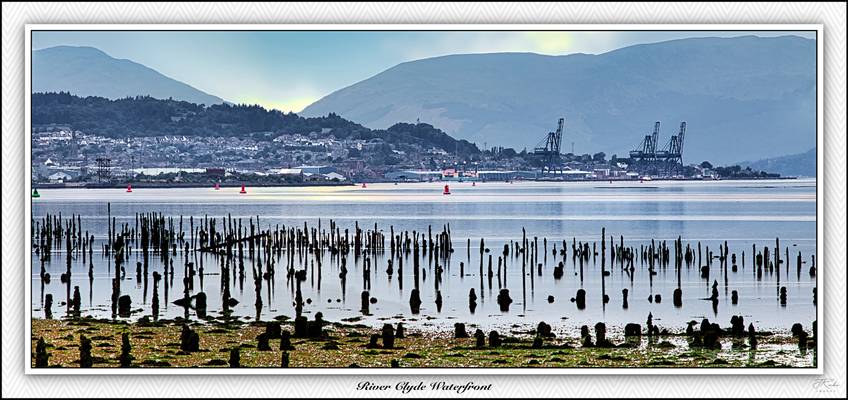
by The Jacobite
In the foreground of the photo stand Timber Ponds that were set up along the southern shore of the River Clyde in the early days of wooden shipbuilding, occupying a 3mile stretch of shoreline between Port Glasgow and Langbank. The industry required vast quantities of thoroughly seasoned timber, and with shipyards occupying most of the shore line from central Greenock to eastern Port Glasgow, demand was prodigious.The ponds prevented the timber from floating away and allowed the logs to be organised according to type, length of seasoning.
Looking beyond the Timber Ponds is the Greenock waterfront and the deep water “Ocean Terminal” now catering for large Commercial and Cruise line Shipping, gone are the day’s of wooden hulled vessels and now no need for the Timber Pond’s that create a spectacular sight all along the shoreline.

by The Jacobite
An excursion into Long Exposure Photography on some local Timber Pond’s that were set up along the southern shore of the River Clyde in the early days of wooden shipbuilding, occupying a 3mile stretch of shoreline between Port Glasgow and Langbank. The industry required vast quantities of thoroughly seasoned timber, and with shipyards occupying most of the shore line from central Greenock to eastern Port Glasgow, demand was prodigious.The ponds prevented the timber from floating away and allowed the logs to be organised according to type, length of seasoning.
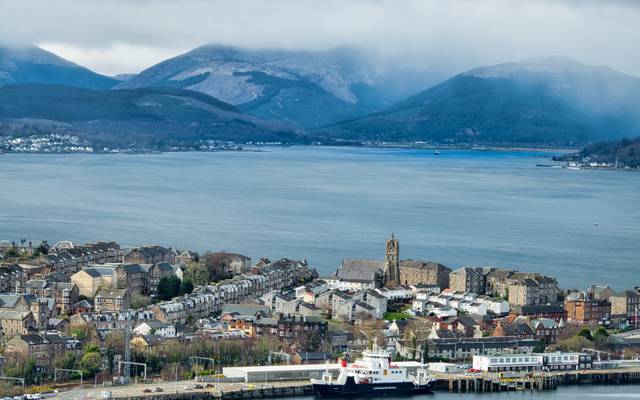
by The Jacobite
A view from Lyle Hill Gourock looking across the Firth of Clyde to the Holy Loch, which from 1961 was used as a United States Navy ballistic missile submarine base. In 1992 the Holy Loch base was deemed unnecessary following the demise of the Soviet Union and subsequently closed. To the left of the photo lies the townships of Sandbank and Dunoon, to the right are the townships of Kilmun and Strone and the road along the shore of Loch Long to Blairmore and Ardentinny. In the foreground is the headquarters for Caledonian MacBrayne or CalMac who operate ferry services throughout the west coast of Scotland.

by The Jacobite
The Old Laundry House is part of the "Finlaystone Country Park" at Langbank Scotland. After spending many years as the Laundry House it was converted into "The Tearoom" some years ago, but with the new tearoom now situated within the Finlaystone House Gardens, the Old Laundry House awaits a new beginning.

by The Jacobite
The Leading Light is a 40ft high cast iron warning light at Steamboat Quay, Port Glasgow Scotland. It’s an A Category B Listed structure and provides safe navigation for shipping on the River Clyde. It works together with the “Perch Light” built in the early 1900s which can be seen to the rear of the photo. The shelter in the foreground is an old Mine watching post left over from ww2
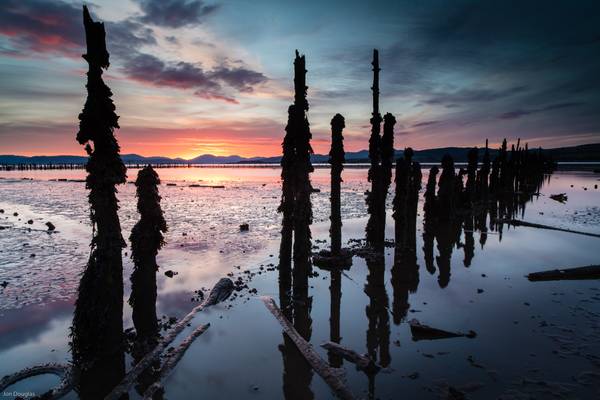
1st time out with the camera for ages and this is 2 minutes from the new house.
This area is called the timber ponds and it was constructed in the...
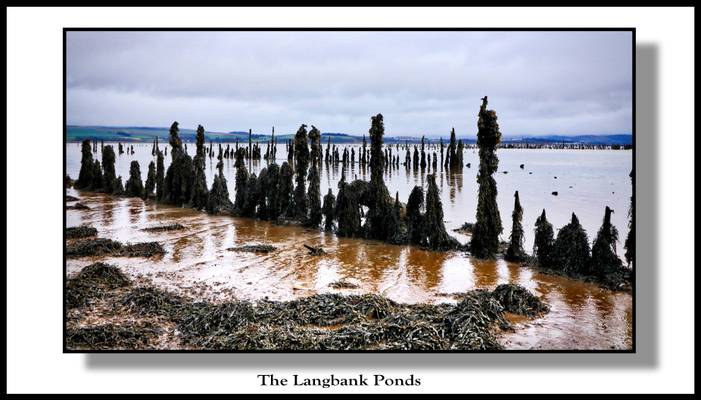
by The Jacobite
Timber Ponds were set up along the southern shore of the River Clyde in the early days of wooden shipbuiling, occupying the area between Port Glasgow and Langbank. The industry required vast quantities of thoroughly seasoned timber, and with shipyards occupying most of the shore line from central Greenock to eastern Port Glasgow, demand was prodigious.
The ponds prevented the timber from floating away and allowed the logs to be organised according to type, length of seasoning, and ownership. Extreme weather could result in the logs breaking free of the ponds, closing the river until they were recovered. Remnants of the timber ponds still exist in the lines of vertical wooden posts sticking out of the mud, and rectangular areas can still be seen in aerial views of the surrounding riverbed.
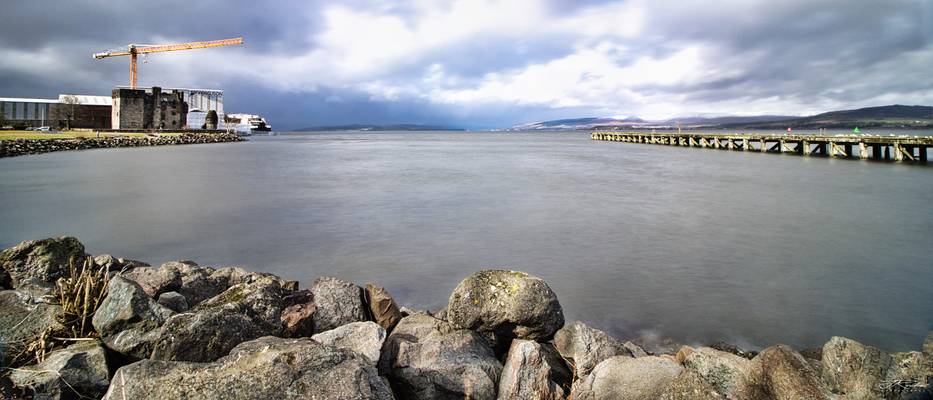
by The Jacobite
A panoramic view looking out over the River Clyde with some of the historical structures from past to present.
“Newark Castle” built around 1478 by George Maxwell when he inherited the Barony of Finlaystone, the castle is now the property of “Historic Scotland” and open to the general public.
Then behind the castle sporting the tall crane is “Ferguson’s Shipyard” founded in 1903, it is now the last remaining shipbuilder on the lower River Clyde. The MV Glen Sannox is currently under construction and due to go into service in 2022.
The wooden “Lamont’s Pier” stretching out into the river on the right is all that remains of what used to be James Lamont & Co, Ship Builders and Repairers. Truly at one time a lot was going on in this small coastal town of Port Glasgow on the River Clyde.
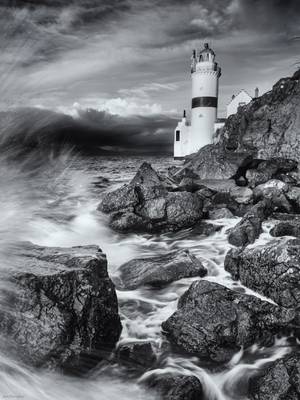
About to get a proper soaking!
There was lovely light when this was taken but still prefer it in mono.
Thanks to all Phoide contributors to Inverclyde!
Most notably The Jacobite.
